I’m going to introduce you to a way of life that’s gaining momentum as we speak: off-grid solar living. This isn’t just about disconnecting from utility services; it’s also about embracing freedom and sustainability. At the core of this movement are solar panels, the dynamos that make off-grid living not just possible, but also enjoyable.
Off Grid Solar Power Simplified: For Rvs, Vans, Cabins, Boats and Tiny Homes…Click On The Image Below To Learn More.
You’re going to find out about how solar panels are the beating heart of self-sustaining homes. These aren’t your typical grid-tied setups. Off-grid systems are designed to operate independently, and that means having a reliable and efficient energy source is mission-critical.
So, this brings the question: How do solar energy systems actually work when the nearest power line is miles away? Well, through a symphony of components – from solar panels to batteries and charge controllers – these systems harness the sun’s energy, store it, and convert it into everyday usable power. The beauty of it is the direct relationship between living responsibly and reaping the rewards of nature’s own power supply.
Now, when it comes to selecting the right setup for your home, that’s a whole new adventure. I’m here to guide you through choosing the best solar panels for your situation. It’s not just about picking up a few shiny panels and calling it a day. It’s about understanding your specific energy needs, the local climate, and how to maximize efficiency for year-round energy independence.
So where do you begin when selecting the right solar panels for an off-grid lifestyle? That’s what the next section is all about. We’ll dive into assessing your energy requirements, exploring the differences between solar panel types, and balancing costs with benefits to find the perfect match for your off-grid dream.
Selecting the Right Solar Panels for Your Off-Grid Home
I’m going to walk you through choosing the best solar panels for your journey into off-grid living. It’s not a one-size-fits-all situation, and the choices you make here are crucial for a smooth transition. The first step? Sizing your system. You’re going to find out about the importance of assessing your daily energy usage to determine how many panels you’ll need. This isn’t just about the number of panels, though; it’s also about understanding peak sunlight hours and seasonal changes.
Below is a company I found that has complete solar panel kits for your cabin or even your home. I am highly impressed with both their quality, their selection and their prices. Please click on the photo for more information:
Quality and durability are especially critical when you’re off the beaten path. A reliable system is your lifeline. I’ll help you understand why investing in quality components can save you a lot of headaches. You’ll also get a peek into the different types of solar panels available. From monocrystalline to thin-film panels, each has its own pros and cons in terms of efficiency, space, and cost.
In my opinion, efficiency is where the rubber meets the road. High-efficiency panels might come with a steeper price tag, but for off-grid setups, they’re often the smarter choice. They generate more power in less space, which is paramount when you can’t just pop down to the store for an extra panel.
Choose something that resonates with you—whether it’s cutting-edge technology or a tried-and-tested brand. But, don’t worry too much about getting stuck in analysis paralysis; you can always adjust your approach down the road. Now, as you’re picturing your future solar-powered paradise, let’s look at the practical steps of getting those panels up and running, which is precisely where we’re headed next.
Installation and Maintenance of Off-Grid Solar Systems
Deciding between DIY and professional installation isn’t just about cost; it’s about confidence in your skills and understanding the complexity of the task. Here’s what you should consider:
If you’re comfortable with electrical systems and have a solid understanding of solar technology, DIY installation can save you money. However, don’t underestimate the value of professional expertise, which can help prevent costly mistakes and ensure your system meets local regulations.
An off-grid solar system isn’t just panels on your roof. It includes solar charge controllers, battery banks, inverters, and sometimes backup generators. Each component plays a crucial role in the functionality and efficiency of the whole system.
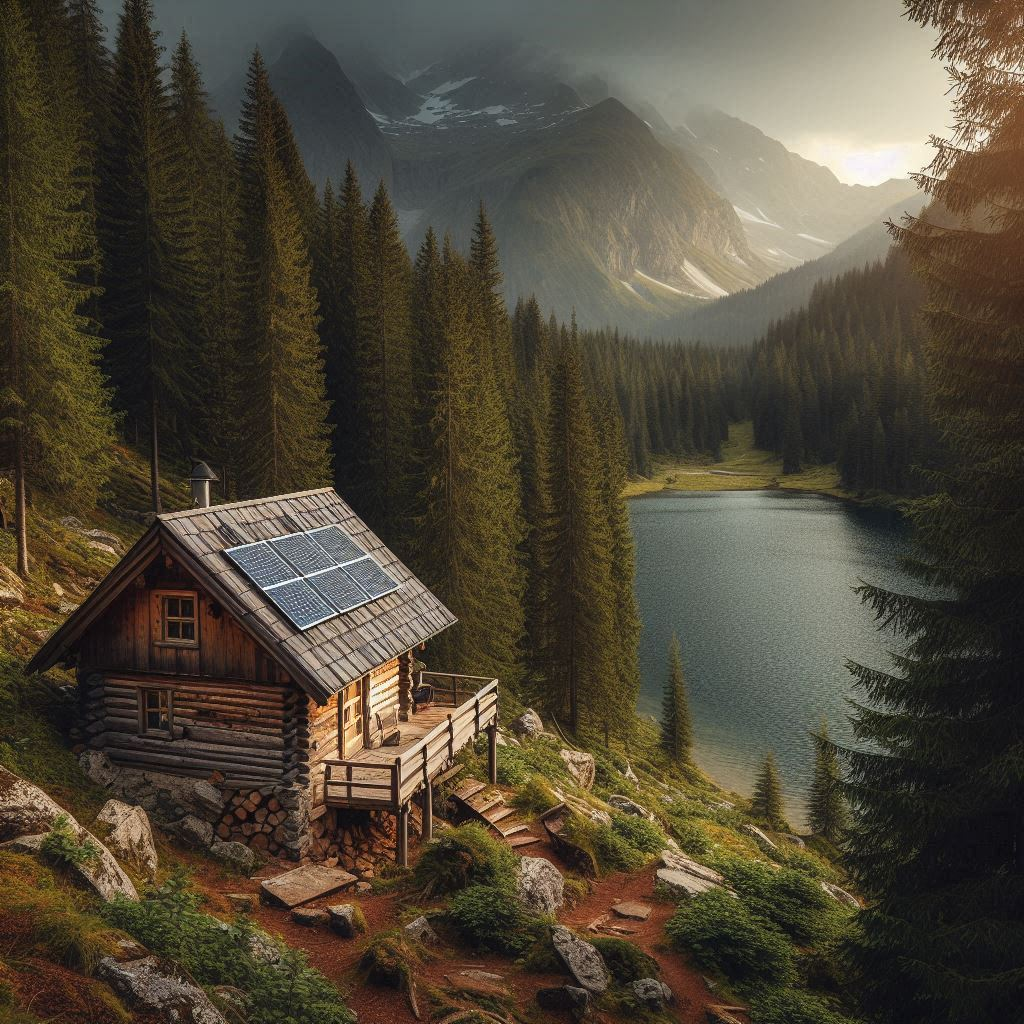
You’re going to find out that regular maintenance is integral to the performance and longevity of your solar setup. This involves checking connections, cleaning solar panels to prevent efficiency losses, monitoring battery health, and ensuring inverters are operating correctly.
When it comes to troubleshooting, common issues like decreased power output or system shutdowns often stem from simple problems such as a blown fuse, dirty panels, or battery issues. Knowing how to identify and resolve these problems can keep your system running smoothly.
Now, let’s look ahead to the practical side of things. When you live off-grid, you’re also committing to a proactive, hands-on approach to your energy supply.
Living with Off-Grid Solar: Challenges and Rewards
Embracing the off-grid lifestyle with solar energy isn’t just about enjoying the quiet solitude away from city buzz; it’s a commitment to sustainability and self-sufficiency. You’re going to find out about the practical side of this electricity-independent living arrangement and the very real benefits it provides.
Sure, challenges exist, such as ensuring you have enough battery capacity to store solar power for nighttime use or during days when the sun plays hide and seek. It’s crucial to establish a robust energy conservation plan that works in harmony with the natural cycles.
Don’t worry too much about stumbling blocks though—many who choose this path find innovative ways to overcome them. Whether it’s optimizing the use of energy-efficient appliances or incorporating wind turbines for additional power generation, off-grid living often sparks creative solutions.
The rewards? They’re plentiful. Imagine reducing your carbon footprint, minimizing your reliance on public utilities, and having the sheer joy of powering your own home with the sun. Plus, there’s a profound sense of accomplishment and connection to nature that comes with producing your energy.
I really hope that this peek into off-grid solar living has illuminated some of the key aspects for you. Remember, whether it’s for environmental reasons, financial savings, or just a desire for independence, driving your home with solar power can be incredibly fulfilling. Just don’t focus too much on perfection; your first attempt doesn’t need to be your last, as you can always adjust your approach down the road.
Take a peak at this short video regarding using solar energy. It might cost a little bit to get set up, but they are perfect for cabin living.
As an Amazon Associate I earn from qualifying purchases.
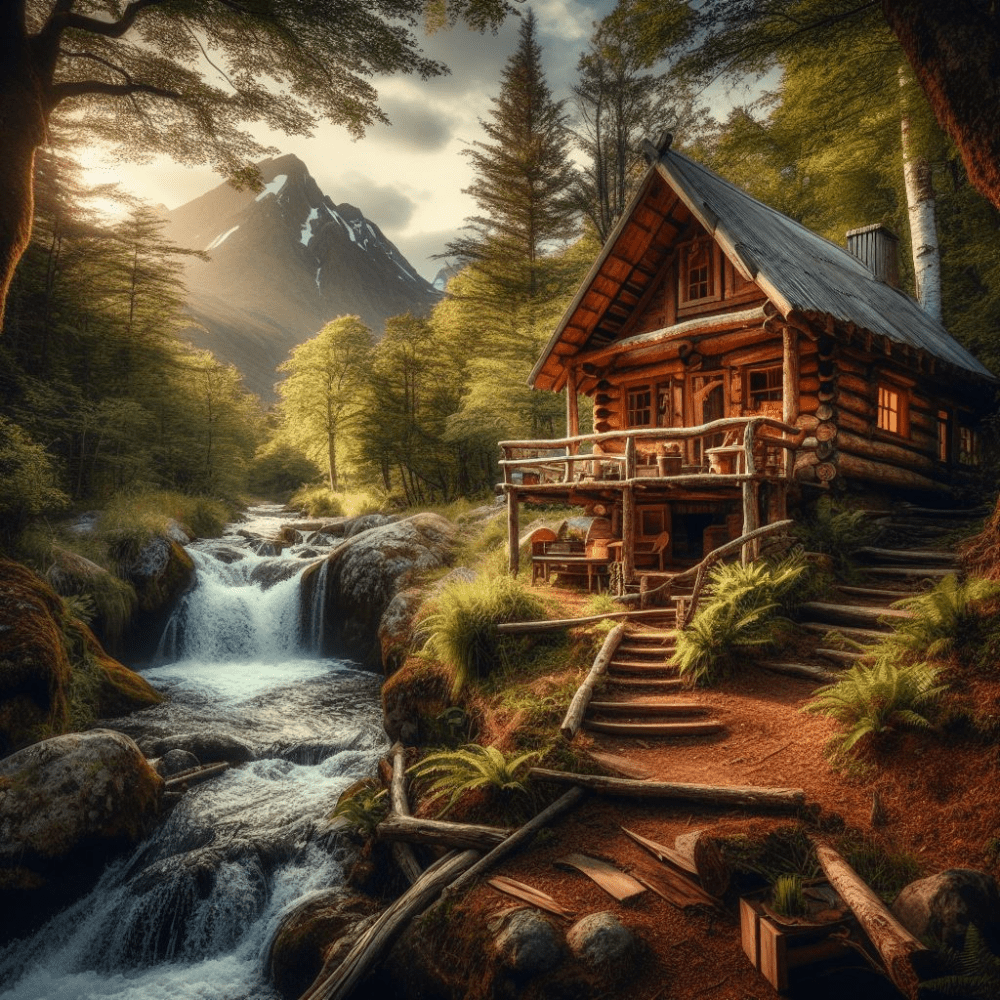

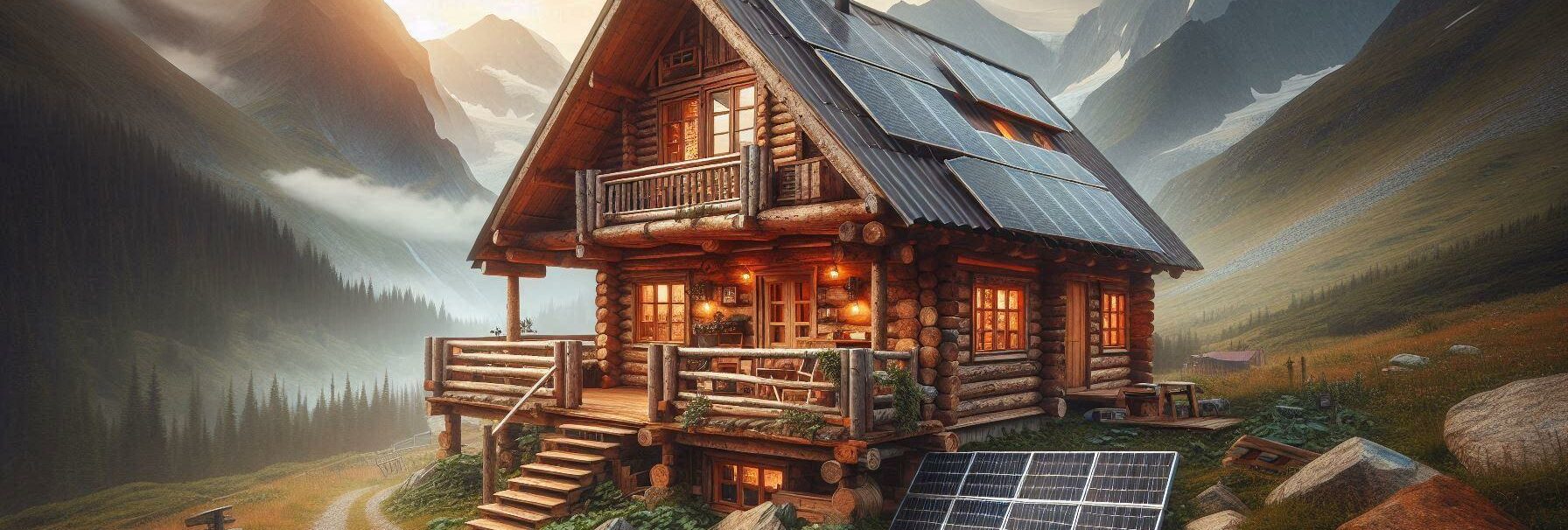
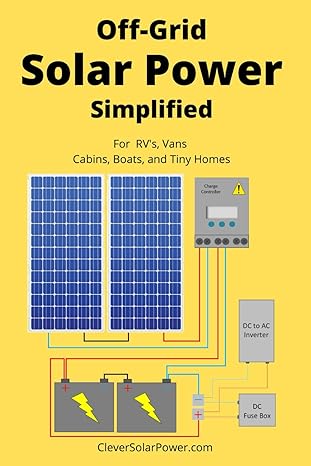
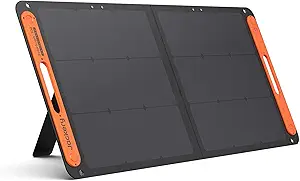



Hi there
I like that your article offers an incredibly detailed and informative guide for anyone considering sustainable energy solutions. The comprehensive breakdown of the benefits, installation process, and maintenance of solar panels is both accessible and engaging, making it a fantastic resource for both novices and those more experienced in off-grid living. The inclusion of practical tips and real-life examples adds a personal touch that enhances the reader’s understanding and confidence in pursuing solar energy.
Thanks again
4o
Thanks Troy,
I think solar panels are definitely worth the effort to install and once they are in place, you do not have to put out any more money for your electrical needs.
But, like I mentioned in the article, I use a generator but solar panels have no noise which is a definite plus.
Mike Powers
Cabin Living Today